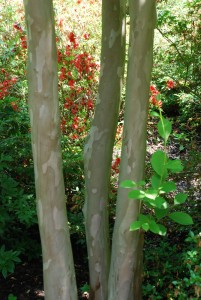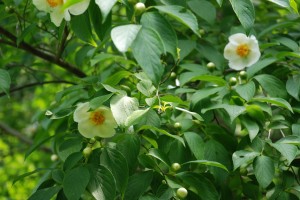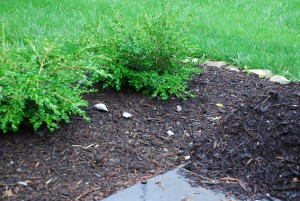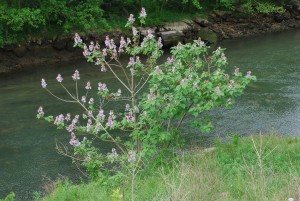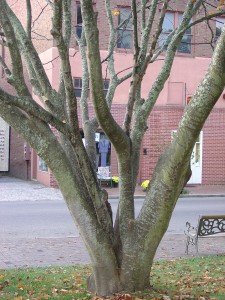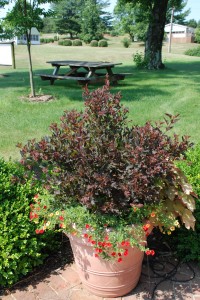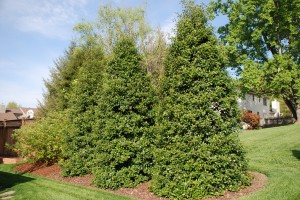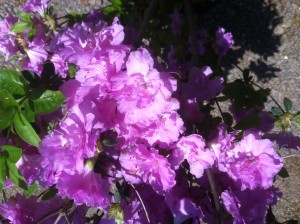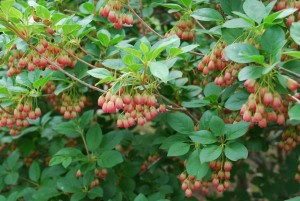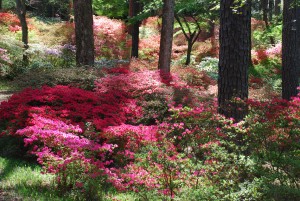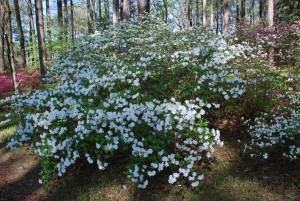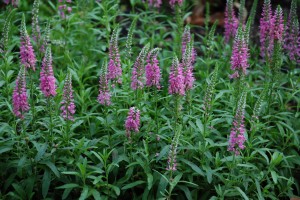Japanese stewartia (Stewartia pseudocamellia) is a truly beautiful 20-30 foot small tree or multi-trunked shrub. Stewartia may be finicky to grow, but a great plant nonetheless. Although rarely seen in U.S. gardens, Japanese stewartia is the most commonly grown of the six stewartia species. All are winter hardy in the Southern Appalachian region (USDA zones 6 and 7).
Visually, stewartia provides four seasons of ornamental beauty. Lovely 2 to 2 ½ inch camellia-like white flowers appear in early June and are in bloom for 2 – 3 weeks. The 3 – 4 inch blemish-free green summer foliage turns yellow and/or crimson red in mid- autumn, depending on its location. Its patchwork mottled bark becomes more attractive with age.
The trick to growing stewartia is selecting a proper site. Stewartia may flourish for many years if the soil drainage and sunlight exposure are near perfect. Japanese stewartia grows similar to flowering dogwood (Cornus florida), requiring a compost rich, acidic pH and almost perfectly drained soil.
Filtered all-day sunlight or six hours of morning /early afternoon sunlight is ideal. Prolonged periods of scorching summer heat and low rainfall may be fatal to Japanese stewartia. Irrigate to cool and refresh the tree(s) and keep adequately mulched.

